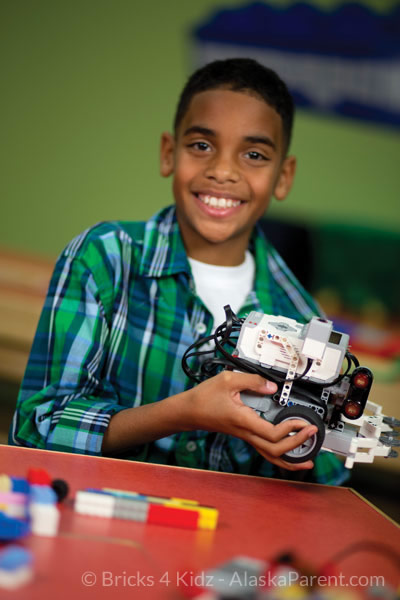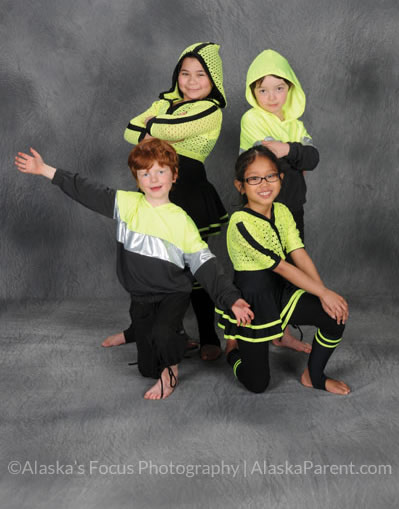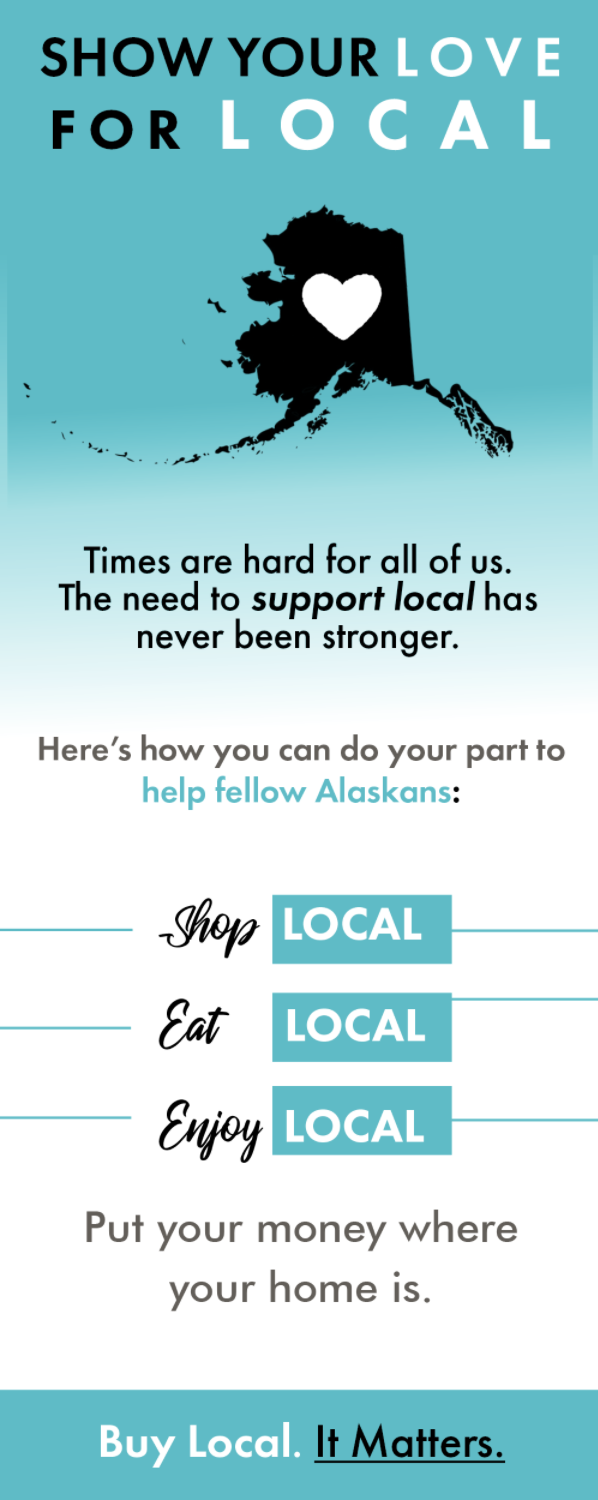Active after school
How the right after-school activity can help your kids – and you
According to the Afterschool Alliance, 40 percent of Alaskan kids are on their own after school. With both parents working and the high cost of childcare, how can families keep their kids safe – and stimulated – after school?
Fortunately, communities throughout Alaska offer a variety of after-school activities, from school-based sports to faith-based youth groups, to community centers that combine learning and fun.
And the kids aren’t the only ones who get something out of being engaged after school, says Terri Campbell, the afterschool ambassador in Alaska for the national organization. “The benefits of these programs go beyond just the children being safe and supported; there are benefits for families and for the whole community.”
Good for Everyone
A Brandeis University study found that parents whose children spend their after-school time unsupervised have a higher risk for on-the-job stress. “Three o’clock rolls around and parents start worrying,” explains Julie Wild-Curry, director of Community Afterschool Programs in Fairbanks. “They grow anxious and start calling home to check on their kids. But if they know their children are in a safe environment, parents aren’t as worried and can be productive at work.”
Communities become safer, too, when kids are occupied after school. Studies have shown that juvenile crime escalates between the hours of 3 and 7 pm, when bored, unsupervised kids tend to get into trouble.
“But we know that children in after-school programs are less likely to be involved with substance abuse or other risky behaviors,” notes Thomas Azaarela, director of the Alaska Afterschool Network.
Benefits for Today and Tomorrow
In addition to preventing troublesome behavior, after-school activities offer a whole host of benefits to kids. When they participate in these programs, students are less likely to drop out of school and more likely to be actively engaged in academics; on average, they miss less school and have improved attitudes toward health and fitness. And, says Campbell, they gain great role models.
“After-school activities provide kids with a way to engage with adults in a meaningful way,” she explains. “They also connect with their peers – classmates or kids from other schools. Getting to know other kids through really engrossing activities is so positive for students; it really opens up their world.”
Those activities are also an opportunity for kids to explore areas of interest that aren’t covered in school, or to more deeply delve into school subjects they find fascinating. This kind of expanded learning shows kids how their schoolwork can open a door to the future, says Wild-Curry.
“Especially with struggling students, we try to show them: If you’re interested in, say, designing video games, what you do in school can help you get there,” she elaborates. “It becomes motivating for them when they see what the future might hold.”
Finding the Right Fit
But how to chose the right after-school activity for your youngster? “The starting point is finding activities that appeal to your child,” says Campbell. “Hopefully folks are looking for activities with an undercurrent of educational things that are done in fun and life-connecting ways.”
While a child may participate in an after-school program merely for recreation, to connect with peers or as a way to extend the learning they do in school, their parents may rely on after-school programs as a form of childcare. So while you’re considering your child’s interests, don’t forget to think about your own needs.
For instance, one barrier to kids participating in programs is transportation – but not all after-school programs are able to provide a ride to or from school. Boys and Girls Club, which operates 32 clubhouses in cities and villages throughout the state, partners with neighborhood schools to provide transportation in many communities. All non-fee elementary programs associated with the 21st Century Community Learning Center in Fairbanks provide transportation home, says Wild-Curry: “If we didn’t, so many of our students wouldn’t be able to attend.”
Many non-school programs also take transportation into account. Some YMCAs, faith-based programs and martial arts classes, like Champ Martial Arts in Anchorage or Chung’s Tae Kwon Do in Palmer, offer after-school pick-up.
Cost can be a concern, too, but Campbell encourages all parents to ask about scholarships. “Many private organizations include outreach in their mission, so they offer financial assistance. Alternatively, there are a lot of free or sliding-scale programs specifically for families who are within a particular socioeconomic status.”
Finally, Jennifer Brown of Boys and Girls Club Alaska encourages parents to take an active role by interacting with after-school staff and making sure a program offers the kind of supervision they’re looking for. Boys and Girls Club, for instance, has a more expensive “closed campus” childcare program, but it also features an “open campus” program that’s just $40 a year. “But the open campus isn’t right for everyone,” Brown explains. “While kids generally want to stay here because we keep them busy and having fun, we can’t stop them if they want to leave.”
Explore the Options
Whatever your family’s needs, odds are there’s a great after-school program out there that will provide both fun and safety for your child. Start exploring your after-school options with the resources below:
Boys and Girls Club Alaska - bgcalaska.org
Alaska Afterschool Network - statewideafterschoolnetworks.net/alaska
Community After School Programs,Fairbanks - k12northstar.org/departments/after-school- programs
21st Century Community Learning Centers, Anchorage - asdk12.org/21cclc/
21st Century Community Learning Centers, Sitka - sitkaschools.org
Afterschool Alliance - afterschoolalliance.org
Camp Fire Alaska - campfireak.org/before-after-programs
YMCA Before and After School Programs - ymcaalaska.org/ymca-wp/child-care
Bricks 4 Kidz (a Lego-based building program) - bricks4kidz.com
Champ Martial Arts - champmartialarts.com
Chung’s Tae Kwon Do Institute - chungstkdalaska.com
Open Arms Fairbanks - openarmsfairbanks.org
Kenaitze Tribe After School Program - kenaitze.org
Cook Inlet Tribal Council’s Schoolyard Afterschool Program - citci.org
AT&T Sports Center - attsportscenter.com
Anchorage Music and Dance Center - anchoragemusicanddance.com











